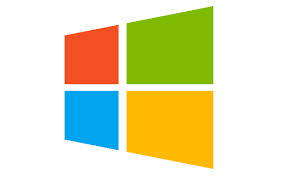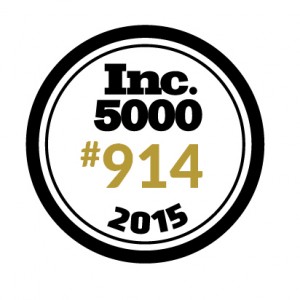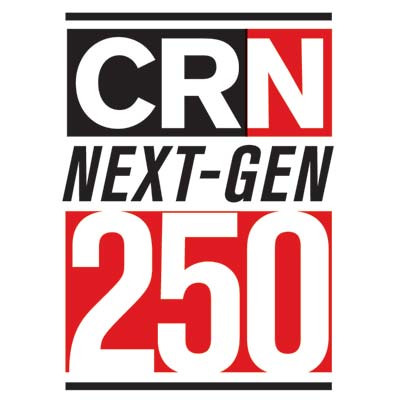That Time Your Security Company Sold You Out

As recently reported in Wired magazine, security firm AVG is updating its privacy policy and openly telling customers of its free services that it will sell some of the personal, non-identifying information about you to third parties. The new policy takes effect on October 15, 2015 and while the data may not identify you personally, it will certainly give advertisers, scammers, and hackers a clear idea of who you are and which of your interests they may be able to exploit.
As the policy states:
“We collect non-personal data to make money from our free offerings so we can keep them free, including:
- Advertising ID associated with your device
- Browsing and search history, including meta data
- Internet service provider or mobile network you use to connect to our products
- Information regarding other applications you may have on your device and how they are used.”
Granted, AVG gets credit for being upfront and honest.
But do you want your security software giving others your browser and search history, a list of applications on your devices, and a history of how you are using your apps?
The Advertising ID being shared means that so long as you have AVG on your device, third parties will know it is you even if they do not know specifically who you are (yet!).
Free is not free. Lesson Learned. AVG is telling you that in exchange for free security software, they will sell information about you to people that will use that information to advertisers, marketers, and those will try to scam you, steal your identity, and get you to bypass the very security you want to maintain.
Yes, you can upgrade to AVG’s paid services, but is this a company you still want to trust? Maybe it’s time for a new solution and a realization that even in IT, you get what you pay for.
If you prefer an endpoint security solution form a trusted vendor, contact us to discuss solutions or visit our web site for more information.




 Step back from your to-do list.
Step back from your to-do list.



